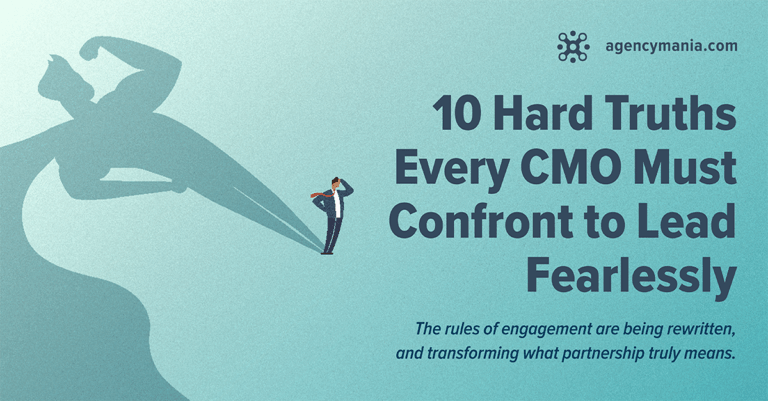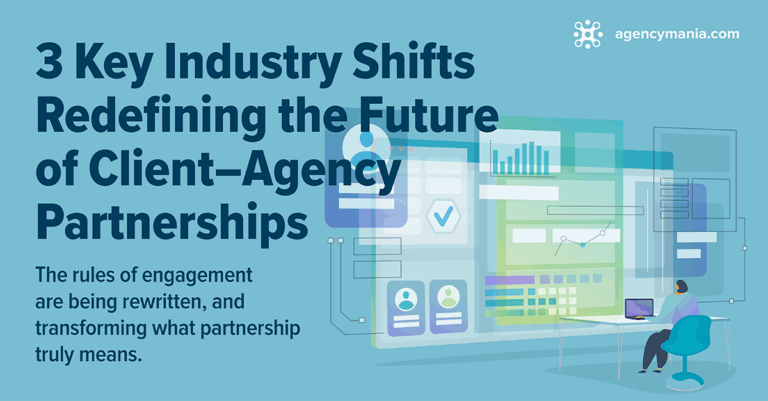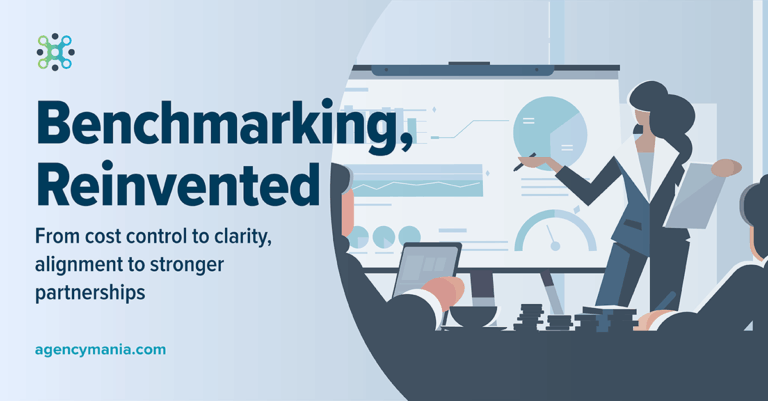“Do you like to do it yourself? How is the mood striking you now?”
Download a print-friendly version here
In the iconic 2005 movie “The 40-Year-Old Virgin,” bookstore assistant Beth (Elizabeth Banks) suggests to main character and nerdy guy Andy Stitzer (Steve Carell) to check the “do-it-yourself” section. “Do you like to do it yourself?” asked Andy playfully, who was taught to only ask questions when talking to a woman. Beth giggles and replies, “Sometimes… if, um, the mood strikes!” “How is the mood striking you now?” replied calm and collected Andy. This exchange remains one of the most popular movie lines in comedy, and it’s not too difficult to see why.
The cultural phenomenon known as D.I.Y. (do it yourself), which contributed to many American families taking matters in their own hands to handle various tasks, like filing taxes, eventually spilled over into our professional lives. Unfortunately, the D.I.Y. approach has many shortcomings. Because we CAN do something doesn’t always mean we SHOULD.
In the context of agency management responsibilities, it led many CMOs to staff this important function, as any other, with allocated staff or to heavily rely on their procurement peers to drive top value from these relationships. Too often, however, the remit of these internal teams has been far greater than their resources could allow them to take on, or too specialized for them to take on every aspect of agency management responsibilities. Naturally, questions about what should be contracted to external vendors and what should be done internally would become a popular topic during budget season: Should we decouple production? Should we build an in-house creative agency? Should we conduct our own media or production audits? Should we develop our own benchmarks? Should we build our own digital asset management system? Should we bring programmatic buying in-house? And the list goes on.
One of the most strategically significant and impactful client/agency relations activities is the carefully orchestrated process of evaluating the work and the relationship with a particular agency to address potential challenges and amplify what works best. The process, typically conducted annually or semi-annually, involves capturing actionable feedback from both agency personnel and client contacts through online surveys and sometimes interviews on a number of dimensions, ranging from strategy, innovation, collaboration and account management to fiscal accountability and value.
Strong relationships, we’ve always known, yield far better work, which in turn fuels growth and ensures long-term commercial success. The most successful CMOs have long realized that their success can only be achieved through highly effective partnerships. Given its material impact on meeting marketing objectives, the question as to whether or not a company should manage this process internally or outsource it to a specialty service provider becomes even more critical. So when is it appropriate for a company to bring this activity in-house, often leveraging licensed technology, and when is it most relevant to outsource it (either fully or partially)?
Which approach is right for you?
Let’s take a closer look at what dimensions might best inform a decision about the best approach — in-house or outsource of agency/client performance evaluation — for a particular organization:
There is no right or wrong here. The Do-It-For-Me approach is best suited for companies that put greater value in the outcome than the process itself and its labor-intensive, lower-value operational requirements and want to rely on the objective perspective and professional expertise of a specialty service provider. Reversely, the Do-It-Yourself approach works well with highly decentralized organizations that insist on having regional or individual business units manage their own evaluations or have access to trained resources to manage the execution and analysis. They typically license a tool that will be deployed internally and used by their staff once they have been trained on it.
External benchmarking. Real or perceived value?
Once a decision has been made about the most appropriate approach to handling client/agency relationships, another important decision point is whether or not the marketer will use preset questions — necessary for external benchmarking — or customize the questions to meet the unique needs of its organization and agency model. Here is a quick summary of the pros and cons:
While some service providers will aggressively promote the use of external benchmarks, requiring clients to use a preset rating scale and categories/questions, any insight gathered is quickly undermined by the inflexibility it requires. Clients benefit most from setting up internal benchmarks — comparing their own data set (year over year, agency to agency, etc.), which is far more relevant to their business than commonly unqualified benchmarks gathered from clients/agencies that have little to no relevancy with a client’s specific business.
Looking for actionable insight, no matter what.
Let’s jump back to that movie scene between Banks and Carell:
Beth (Elizabeth Banks): “Are you looking for something?ˮ
Andy Stitzer (Steve Carell): “Is there something I should be looking for?ˮ
Next time your company considers whether or not it should outsource client/agency performance evaluations to a service provider or consider industry benchmarks, no matter what approach you choose, remember that your overall investment in time and resources (internal and external) in handling client/agency performance evaluations must yield great insight and actionable plans. That’s ultimately what you are looking for.








